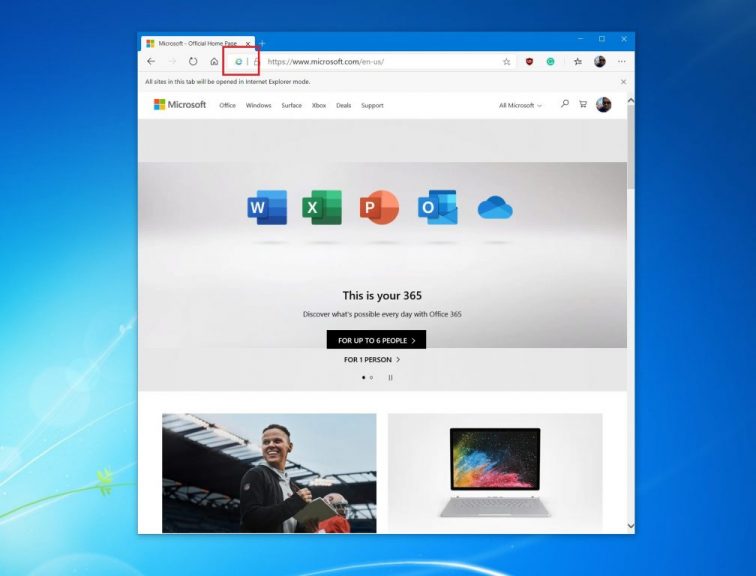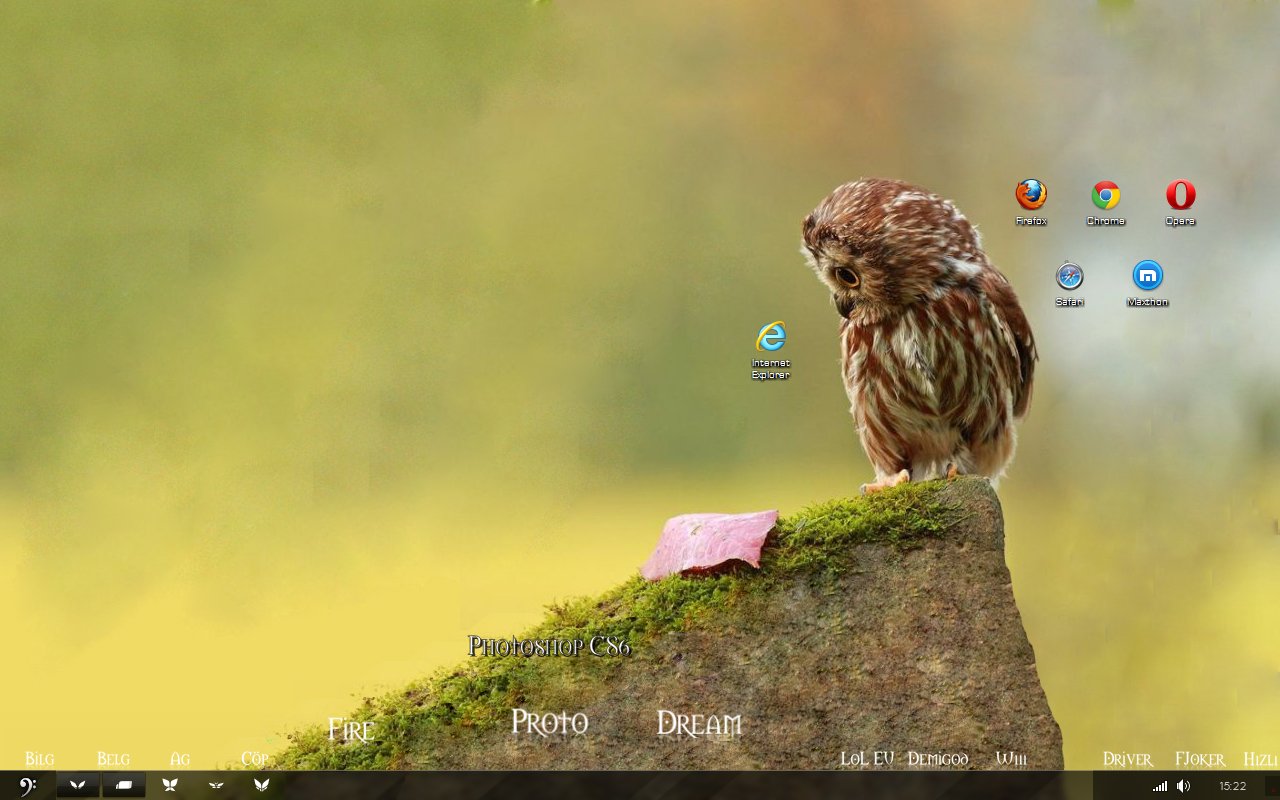Microsoft Edge To Internet Explorer
- How To Convert Microsoft Edge To Internet Explorer
- Compare Microsoft Edge To Internet Explorer
- How To Go From Microsoft Edge To Internet Explorer
- Compare Microsoft Edge To Internet Explorer
Edge is a Windows 10 specific browser. If you would like revert back to Internet Explorer (IE), you can do so by following the steps below. 1) Open Edge navigate to any webpage of your choosing by typing the site into the URL address bar. 2) Select the top menu button (three dots in the upper right) click 'Open with Internet Explorer.' If you are using Edge and want to use IE11, click on the 3 dots at the upper right corner and select Open with Internet Explorer. How to put an IE icon on the Desktop http://answers.microsoft.com/en-us/ie/forum/ie11-iewindows10/ie11-in-windows-10-how-do-i-put-an-ie-icon-on-the/d9be6ac2-8bc0-41e5-acd5-287ac1171fdd. Internet Explorer is still there, but Microsoft has spent an enormous amount of development on this new Internet browser, hence, Edge gets all the limelight The symbol for Edge is indicated straightforwardly on the Windows 10 assignment bar and Internet Explorer has been pushed profound into a Windows Accessories organizer in the Apps area of. Open Internet Explorer sites on Microsoft Edge. On Windows 10, Microsoft Edge also lets you configure the browser so that when someone is using Internet Explorer incompatible or all sites will load within Edge. To let IE open websites with Edge, use these steps: Open Microsoft Edge on Windows 10.
Internet Explorer 11 is a built-in feature of Windows 10, so there's nothing you need to install.
To open Internet Explorer, select Start , and enter Internet Explorer in Search. Select Internet Explorer (Desktop app) from the results.
If you can't find Internet Explorer on your device, you'll need to add it as a feature. Select Start > Search, and enter Windows features. Select Turn Windows features on or off from the results and make sure the box next to Internet Explorer 11 is selected. Select OK, and restart your device.
The new Microsoft Edge is here. We've got a new look and a brand-new browser. The new Microsoft Edge provides world-class performance with more privacy, more productivity, and more value.
Learn how to do more online with Microsoft Edge
Try the new Microsoft Edge
This article explains explains how to configure session cookie sharing from a Microsoft Edge process to Internet Explorer process, while using Internet Explorer mode.
Note

This article applies to Microsoft Edge version 87 or later.
Prerequisites


How To Convert Microsoft Edge To Internet Explorer
/cdn.vox-cdn.com/uploads/chorus_image/image/54744111/holographicdesktop1.0.jpg)
Windows updates
- Windows 10 version 2004, Windows Server version 2004 - KB4571744 or higher
- Windows 10 version 1909, Windows Server version 1909 – KB4566116 or higher
- Windows 10 version 1903, Windows Server version 1903 – KB4566116 or higher
- Windows 10 version 1809, Windows Server version 1809, and Windows Server 2019 - KB4571748 or higher
- Windows 10 version 1803 – KB4577032 or higher
Microsoft Edge version 87 or later
IE mode configured with Enterprise Mode Site List
Overview
A common configuration in large organizations is to have an application that works on a modern browser link to another application, which might be configured to open in Internet Explorer mode with Single Sign On (SSO) enabled as part of the workflow.
By default, the Microsoft Edge and Internet Explorer processes don't share session cookies, and this can be inconvenient in some cases. For example, when a user has to re-authenticate in Internet Explorer mode or when signing out of an Microsoft Edge session doesn’t sign out of the Internet Explorer mode session. In these scenarios, you can configure specific cookies set by SSO to be sent from Microsoft Edge to Internet Explorer so the authentication experience becomes more seamless by eliminating the need to re-authenticate.
Note
Session cookies can only be shared from Microsoft Edge to Internet Explorer. Sharing session cookies in reverse (from Internet Explorer to Microsoft Edge) isn't possible.
How cookie sharing works
The Enterprise Mode site list XML has been extended to allow additional elements to specify cookies that need to be shared from a Microsoft Edge session with Internet Explorer.
The first time an Internet Explorer mode tab is created in a Microsoft Edge session, all matching cookies are shared to the Internet Explorer session. Subsequently, any time a cookie that matches a rule is added, deleted, or modified it is sent as an update to the Internet Explorer session. The set of shared cookies is also re-evaluated when the site list is updated.
Updated schema elements
The following table describes the <shared-cookie> element added to support the cookie sharing feature.
Compare Microsoft Edge To Internet Explorer
| Element | Description |
|---|---|
| <shared-cookie domain='.contoso.com' name='cookie1'></shared-cookie> OR <shared-cookie host='subdomain.contoso.com' name='cookie2'></shared-cookie> | (Required) A <shared-cookie> element requires, at minimum, a domain (for domain cookies) or a host (for host-only cookies) attribute and a name attribute. These must be exact matches to the cookie's domain and name respectively. Note that subdomains do not match. The domain attribute is used for domain cookies (and a leading dot is allowed but optional). The host attribute is used for host-only cookies (and a leading dot is an error). Specifying neither or both will result in an error. * A cookie is a domain cookie if a domain was specified in the cookie string (via HTTP Set-Cookie response header or document.cookie JS API). A domain cookie applies to the specified domain and all subdomains. If a domain was not specified in the cookie string, the cookie is a host-only cookie and only applies to the specific host that it was set for. Note that some classes of URLs such as single-word hostnames (e.g. http://intranetsite) and IP addresses (e.g. http://10.0.0.1) can only set host-only cookies. |
| <shared-cookie host='subdomain.contoso.com' name='cookie2' path='/a/b/c'></shared-cookie> | (Optional) A path attribute may be specified. If no path attribute is specified (or if the path attribute is empty), any cookies matching domain/host and name match the policy, regardless of path (wildcard rule). If a path is specified, it must be an exact match. If a cookie matches a rule with a path, that takes precedence over a rule without a path. |
How To Go From Microsoft Edge To Internet Explorer
Sharing example
Compare Microsoft Edge To Internet Explorer
See also
